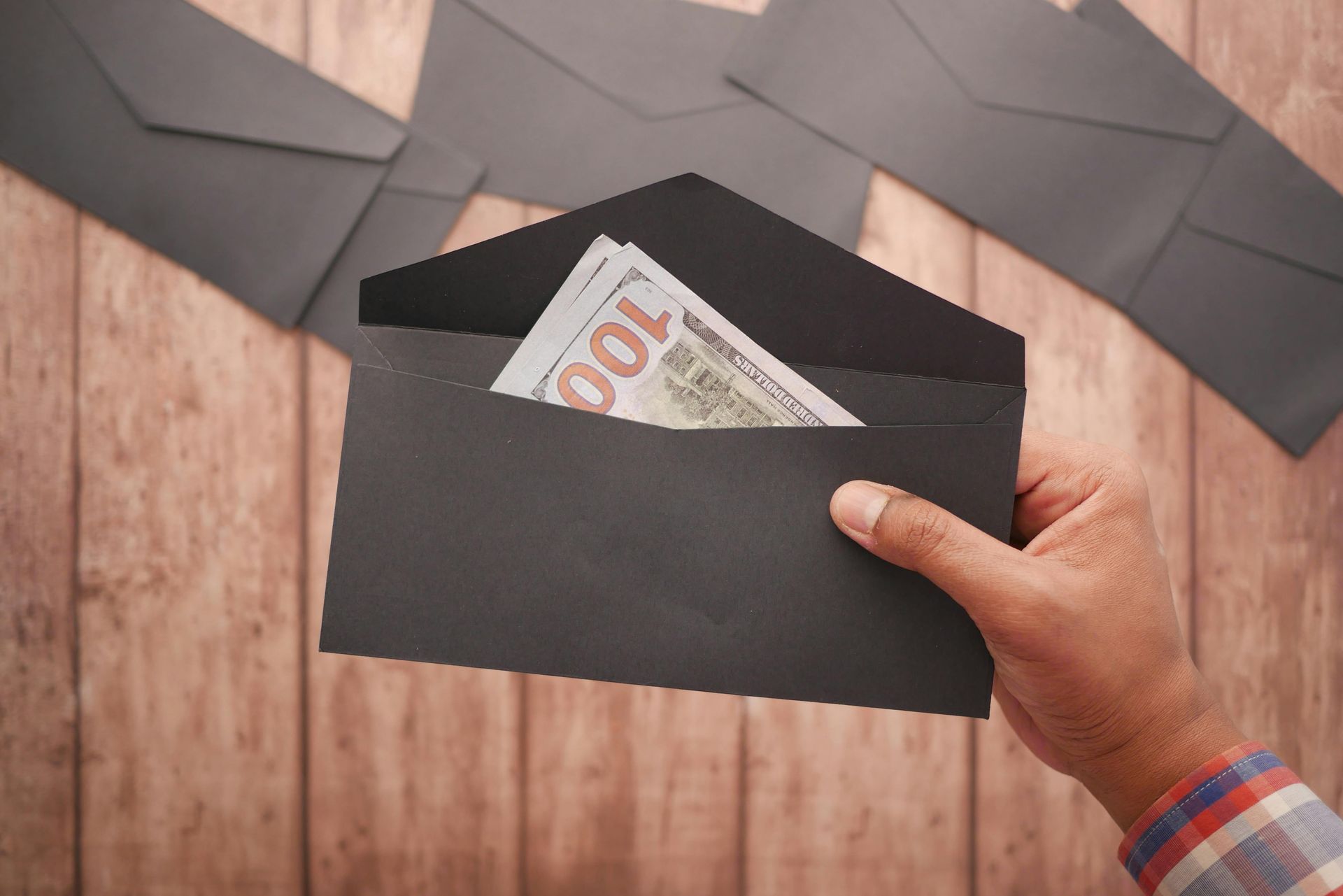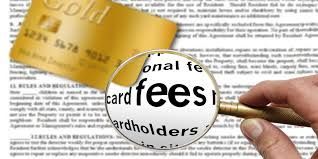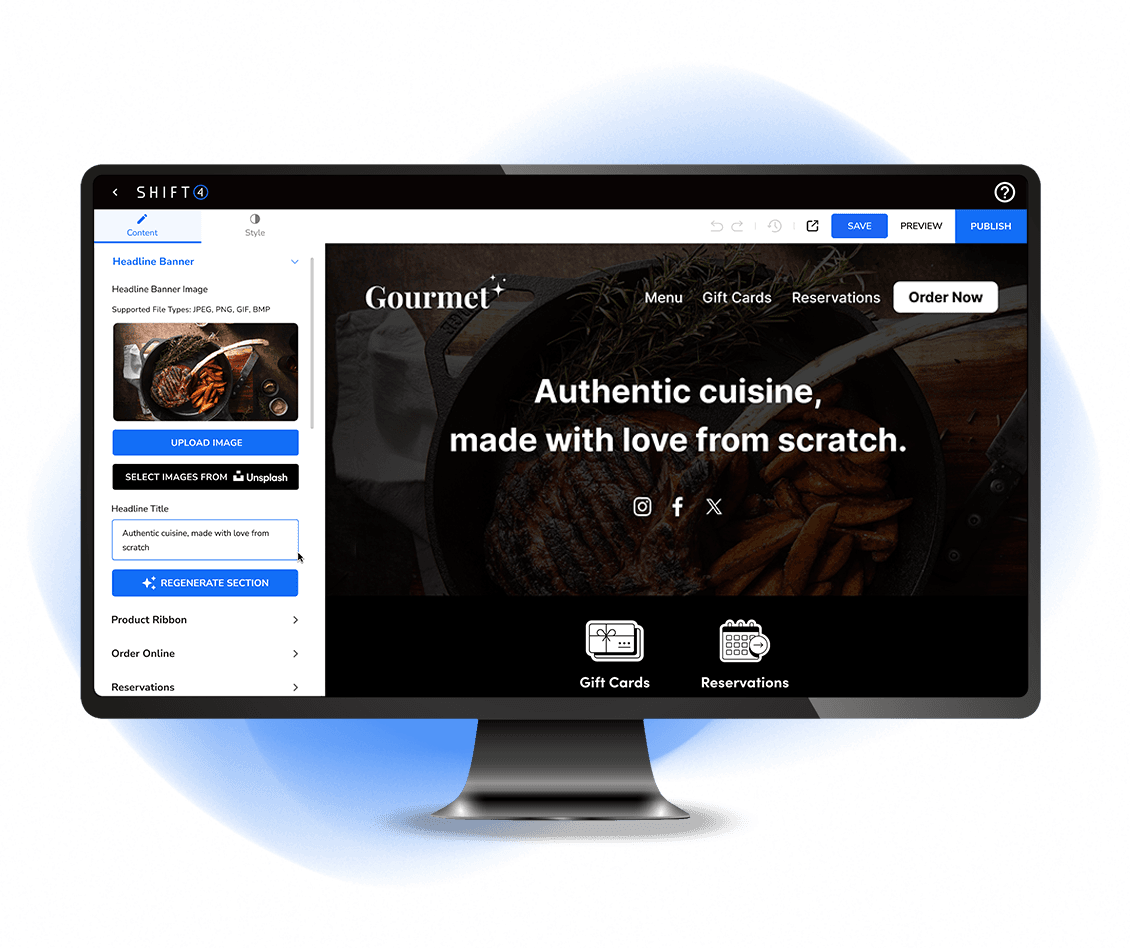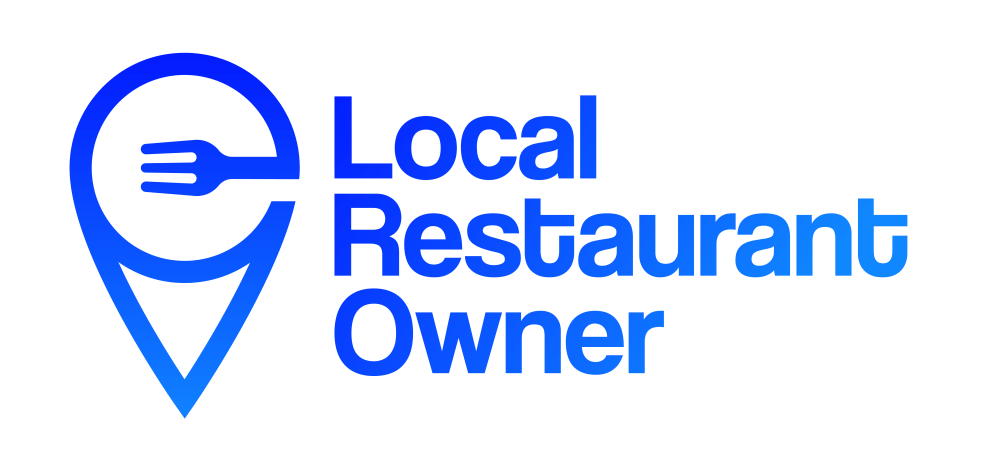Re-Opening Checklist
Louis Ramirez • June 10, 2020
Checklist for Re-Opening your Restaurant

As some states are talking about reopening businesses, restaurants are at the top of many of those lists. If your restaurant is in one of these states, you’ll still have the option to provide takeout and delivery services only if you choose, but the option to welcome dine-in guests back into your restaurant will be available to you as well.
It’s important to note that even if reopening your restaurant is possible, things will not be able to go back to normal from day one – there is staff to bring back or hire, vendors to contact, and preventative measures still need to be taken to protect the health of customers and staff. We’ve compiled a few checklists for reopening and running your restaurant during an active pandemic to help you navigate this uncharted territory.
Restaurant Reopening Checklists
- Logistical Reopening Checklist
- Contact vendors to see what they have available, when it can be delivered, and if there are any items that they are having trouble getting access to.
- Re-evaluate your food costs, P&L statement, and any crucial ingredients that may not be available to you yet, then adjust your opening day menu accordingly.
- Ensure your online ordering and takeout/delivery procedures are in place and understood by all employees if you are going to continue to offer them.
- Remove tables and bar stools from your dining room so that guests can keep a safe distance from each other.
- Clean and sanitize all surfaces in BOH and FOH. (Check out this interview with Mandy Sedlak, food safety and public health manager for Ecolab’s Ecosure division, for proper sanitization methods, EPA-approved cleaners, and more.)
- Stock up on gloves, face masks, and other protective gear for staff.
restaurant reopening checklist
Staffing Reopening Checklist
- Decide if you want to return to full open hours or continue to operate on a modified schedule. Then think about how much staffing and labor hours you will need, and how you might incrementally adjust that based on demand.
- Evaluate who on your staff are your highest performers (your POS should be able to help you with this!). Reach out to those employees to bring them back.
- If you need additional hires, take a fresh attempt at your job descriptions, making sure they embody the spirit and ethos of your restaurant. Ask your best employees to recommend someone who might be looking for a job.
- Evaluate your training materials and create new ones focused on sanitization, capacity, and online ordering best practices.
- Train/retrain staff on any other changes you will be putting in place.
- Think about your existing sick leave policy for employees and how you may want to update or communicate changes as you re-open.
- Marketing Reopening Checklist
- Let your customers know your reopening timeline and communicate any setbacks or changes with them via email, social media, and your website.
- Keep promoting gift cards via online ordering and in-house.
- Start creating social media images and content you can easily roll out automatically once you’re up and running again to save time.
Marketing Reopening Checklist
- Let your customers know your reopening timeline and communicate any setbacks or changes with them via email, social media, and your website.
- Keep promoting gift cards via online ordering and in-house.
- Start creating social media images and content you can easily roll out automatically once you’re up and running again to save time.
Checklist for Opening Day and Beyond
- Limit your capacity for events that bring in large crowds, like trivia nights or live music, so that guests can sit a comfortable distance apart.
- Continue to offer mobile ordering and no-contact pickup for guests who are not yet comfortable with dining in.
- Continue to be transparent with guests both in-person and online about your menu, dining room logistics, ordering capabilities, and safety measures.
- Sanitize tables, chairs, bar top, stools, restrooms, light switches, payment hardware, POS terminals, the host stand, bar, kitchen surfaces and tools, and all other items after every use or as frequently as possible.
- Keep the door propped open or sanitize the handle as often as possible to limit contact
- Provide hand sanitizer for guests at each table, in the restrooms, at the bar, and on the host stand.
- Post signage on tables, the front door, and in the restrooms encouraging guests to sanitize and wash their hands often and be mindful of what they touch and how close they get to other guests.
- Encourage your staff to stay home if they are feeling ill.
- Encourage guests who do not feel well to order delivery or takeout instead of dining in.
- Create a crisis management plan based on what you’ve learned so that you are better prepared for if or when something like this happens again.
While the above checklists are recommendations, as we look to other countries that have controlled their outbreaks and reopened, there are behaviors that have become the new normal for restaurants and other public places which could also become commonplace in the US.
Temperature checks and tracking disclosure forms for staff and guests.
- Limited number of people allowed within a certain amount of space, as low as 50% of your regular capacity.
- Readily available hand sanitizer, gloves, and protective gear.
- Mask-wearing could become more commonplace in the US as it is in many Asian countries.
- Takeout and delivery will continue to be a popular option even as people become more comfortable with dining out. We don’t know how long it will take for restaurants to return to a “normal” level of sales and foot traffic, so it’s important to continue to think about how to diversify your revenue streams through supplies, merchandise, gift cards, cocktail delivery, cooking classes, and more.
Written by: Reopening Checklist: Get Your Restaurant Ready to Welcome Back Dine-in Guests When the Time is Right Stephanie Resendes
Insights

Introducing the Smart Fee Calculator for Credit Card Processing
Are you tired of guessing the fees associated with processing credit card transactions? Look no further! Our **Smart Fee Calculator for Credit Card Processing** is here to make your life easier. This handy tool allows you to quickly and accurately calculate the cost of processing any dollar amount, taking into account both percentage-based fees and fixed transaction fees.
Simply enter the purchase amount, the percentage fee rate, and the fixed fee per transaction, and our calculator will do the rest. Whether you're a business owner looking to understand your transaction costs or a savvy consumer wanting to know how much extra you're paying, this calculator is designed to provide clear and instant results.
Say goodbye to complicated fee structures and hello to transparency with our Smart Fee Calculator. Try it out today and take control of your credit card processing costs!

The blog post features an "Effective Rate Calculator" to help restaurant owners and merchants quickly determine their net earnings after payment processing fees. By entering transaction details such as sale price, fees, and basis points, users can view the net amount, cost impact of the fees, and the value of basis points, facilitating informed financial decisions.

















